The Future of AI in Automotive: A Revolution in Motion

Imagine a world where cars anticipate your every move, navigate roads with precision, and even prevent accidents before they happen. This isn’t science fiction – it’s the future of AI in automotive. Artificial intelligence is poised to revolutionize the industry, promising a transportation landscape transformed by self-driving cars, seamless personalization, and intelligent manufacturing processes.
From the factory floor to the open road, the future of AI in automotive is already unfolding. Assembly lines hum with AI-powered robots that assemble vehicles with unprecedented accuracy and speed. Onboard systems analyze driving patterns, alerting drivers to potential dangers and optimizing routes in real time. Predictive maintenance algorithms use data to pinpoint potential breakdowns, extending vehicle life and preventing costly repairs.
The ultimate goal for the future of AI in automotive is a self-driving reality. Cars capable of navigating complex traffic scenarios, adapting to changing weather conditions, and making split-second decisions based on data from thousands of sensors. While challenges remain, the progress is undeniable. We are entering an era where transportation becomes not just safer and more efficient but fundamentally reimagined by the power of artificial intelligence. Get ready; the revolution is in motion.
Self-Driving Cars: The AI-Powered Reality
Self-driving cars, once the realm of science fiction, are rapidly transitioning into an anticipated reality thanks to the extraordinary advancements in Artificial Intelligence. AI algorithms, trained on massive datasets of road conditions, traffic patterns, and pedestrian behavior, are learning the intricate dance of driving.
Cameras, sensors, and lightning-fast AI processing work together to see the world as a self-driving car does. Obstacles are detected, lane markings followed, and traffic signals are flawlessly interpreted. This continuous stream of information feeds the AI ‘brain’, allowing it to make real-time driving decisions without human intervention.
While we currently see glimpses of AI in features like automatic parking and lane-keeping assist, the future of AI in automotive promises fully autonomous vehicles. Imagine stepping into your car, inputting your destination, and relaxing as the AI takes the wheel. This has the potential to revolutionize transportation, reducing accidents caused by human error, enhancing mobility for the elderly and disabled, and even redefining urban design.
However, ensuring safety and earning public trust remains crucial. Regulations surrounding AI-driven vehicles must evolve alongside the technology. Still, the promise remains: self-driving cars, powered by the ever-evolving field of AI, are poised to fundamentally reshape the way we travel, opening a world of safer, more efficient, and accessible transportation.

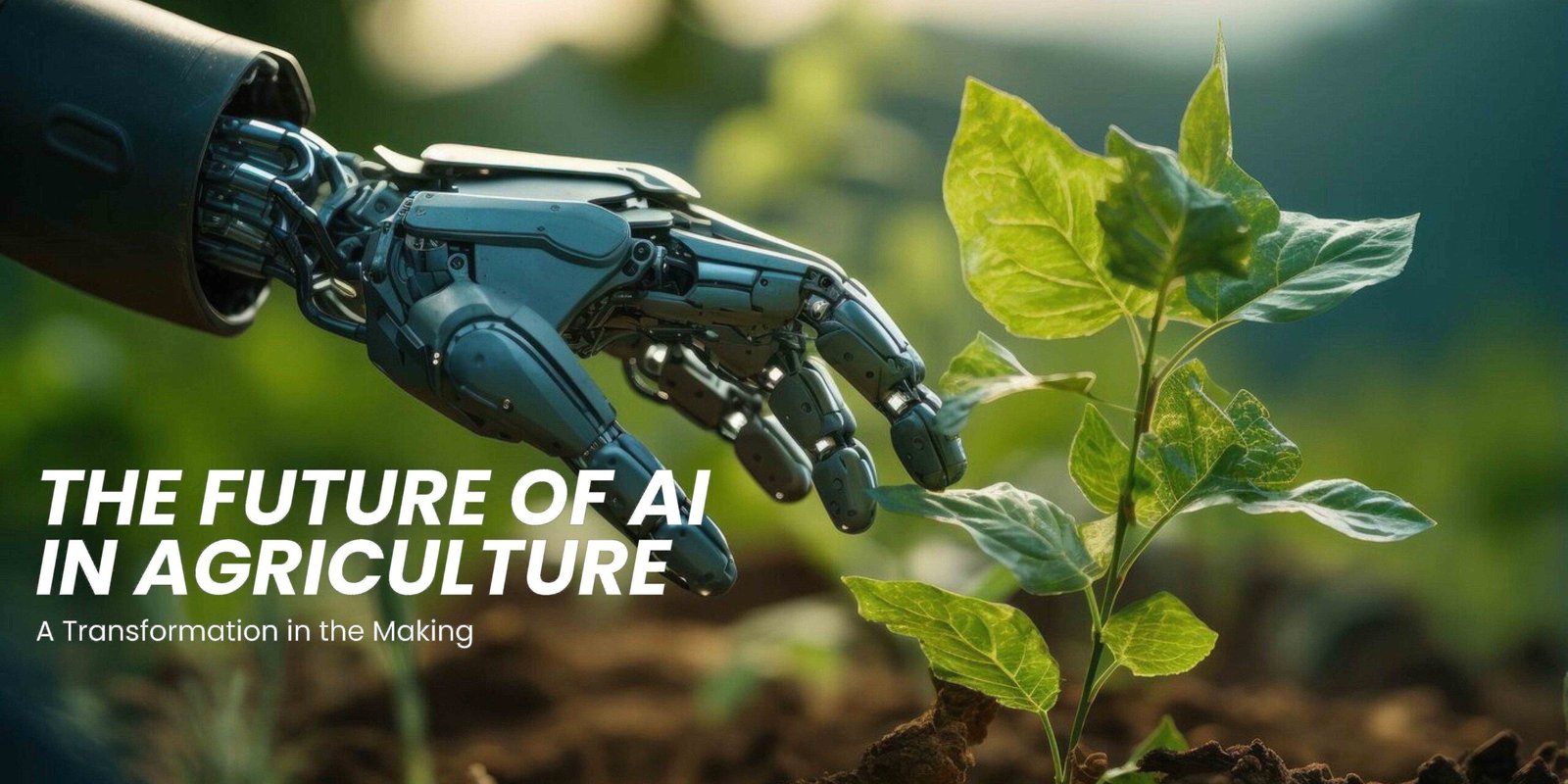
Improved Safety and Accident Prevention
The potential for AI to significantly improve automotive safety is one of the most exciting aspects of its integration into the industry. Imagine a future where car accidents are drastically reduced and roads become fundamentally safer for drivers, passengers, and pedestrians alike. This future isn’t far off with the advancements of AI technology.
AI-powered computer vision systems promise to revolutionize how cars perceive their surroundings. Cameras paired with advanced algorithms can detect hazards far beyond the capabilities of the human eye. From identifying drowsy drivers to spotting potential collisions with pedestrians or cyclists, these systems proactively alert drivers to imminent dangers. AI will even be able to take preemptive action, like automatic emergency braking, if a driver doesn’t react in time.
Beyond real-time hazard detection, the future of AI in automotive lies in predictive analytics. By analyzing vast datasets of traffic patterns, weather conditions, and accident history, AI can identify high-risk zones or behaviors. Drivers can be alerted to these risks in advance, allowing them to adjust their routes or driving habits. Traffic management systems can also leverage these insights to optimize traffic flow and reduce congestion, further contributing to safer roads.
The integration of AI into safety systems isn’t about replacing human drivers, but rather augmenting their abilities. By providing real-time hazard detection, predictive warnings, and potentially even emergency intervention, AI acts as a tireless safety net. This technology has the potential to save countless lives and truly transform the automotive industry into one where safety is paramount.
Manufacturing Gets Smarter
The future of AI in automotive extends far beyond the roads and directly into the heart of the manufacturing process. AI-powered innovations are transforming factories, ushering in an era of unprecedented efficiency, precision, and flexibility.
One of the most significant ways AI is streamlining manufacturing is through intelligent robots. Equipped with advanced machine learning algorithms and computer vision, these robots can perform complex tasks with greater speed and accuracy than their human counterparts. They can handle welding, painting, assembly, and more, reducing production time and minimizing errors.
AI is also supercharging quality control. AI-driven visual inspection systems use high-resolution cameras and algorithms to detect microscopic defects that might escape the human eye. This ensures that every component and finished vehicle meets the highest quality standards, minimizing recalls and enhancing customer satisfaction.
Predictive analytics is another key area where AI is making a difference. By analyzing vast amounts of data from sensors and machines, AI algorithms can predict potential equipment failures before they happen. This allows for proactive maintenance, reducing downtime and costly repairs.
Furthermore, AI is optimizing supply chains. By analyzing demand patterns, inventory levels, and supplier data, AI can help manufacturers make informed decisions about production schedules, material procurement, and logistics. This ensures that they always have the right parts at the right time, creating a more agile and responsive manufacturing process.
The future of AI in automotive manufacturing is one of increased automation, superior quality, and data-driven efficiency. As AI technologies continue to evolve, we can expect even more groundbreaking innovations that will redefine the way cars are built.


Predictive Maintenance: Preventing Breakdowns Before They Happen
Imagine a world where your car alerts you about a potential engine issue weeks before it becomes a catastrophic breakdown on the side of the road. That’s the power of predictive maintenance, and it’s an area where the future of AI in automotive shines particularly bright.
AI-powered predictive maintenance systems work by gathering a vast array of data from sensors throughout your vehicle. These sensors monitor everything from engine temperature and oil pressure to tire wear and brake pad thickness. Advanced machine learning algorithms then analyze this data, searching for subtle patterns or anomalies that might indicate an impending failure.
The brilliance of this technology is that it can detect problems long before they become obvious. AI can pinpoint the early signs of wear and tear, allowing you to schedule maintenance or order a replacement part before a failure disrupts your life and potentially leads to costly repairs.
The benefits of AI-driven predictive maintenance are extensive:
- Reduced Downtime: Minimize breakdowns and keep your car on the road.
- Cost Savings: Avoid expensive repairs caused by unforeseen failures.
- Enhanced Safety: Address potential issues before they pose a safety risk.
As AI technology continues to advance, predictive maintenance systems will become even more intelligent and insightful. In the future, your car might not only predict a problem but could also directly schedule a service appointment at your preferred dealership – all without your direct input. This seamless approach to vehicle care will reshape the automotive experience, ushering in a future where stressful breakdowns are far less common.

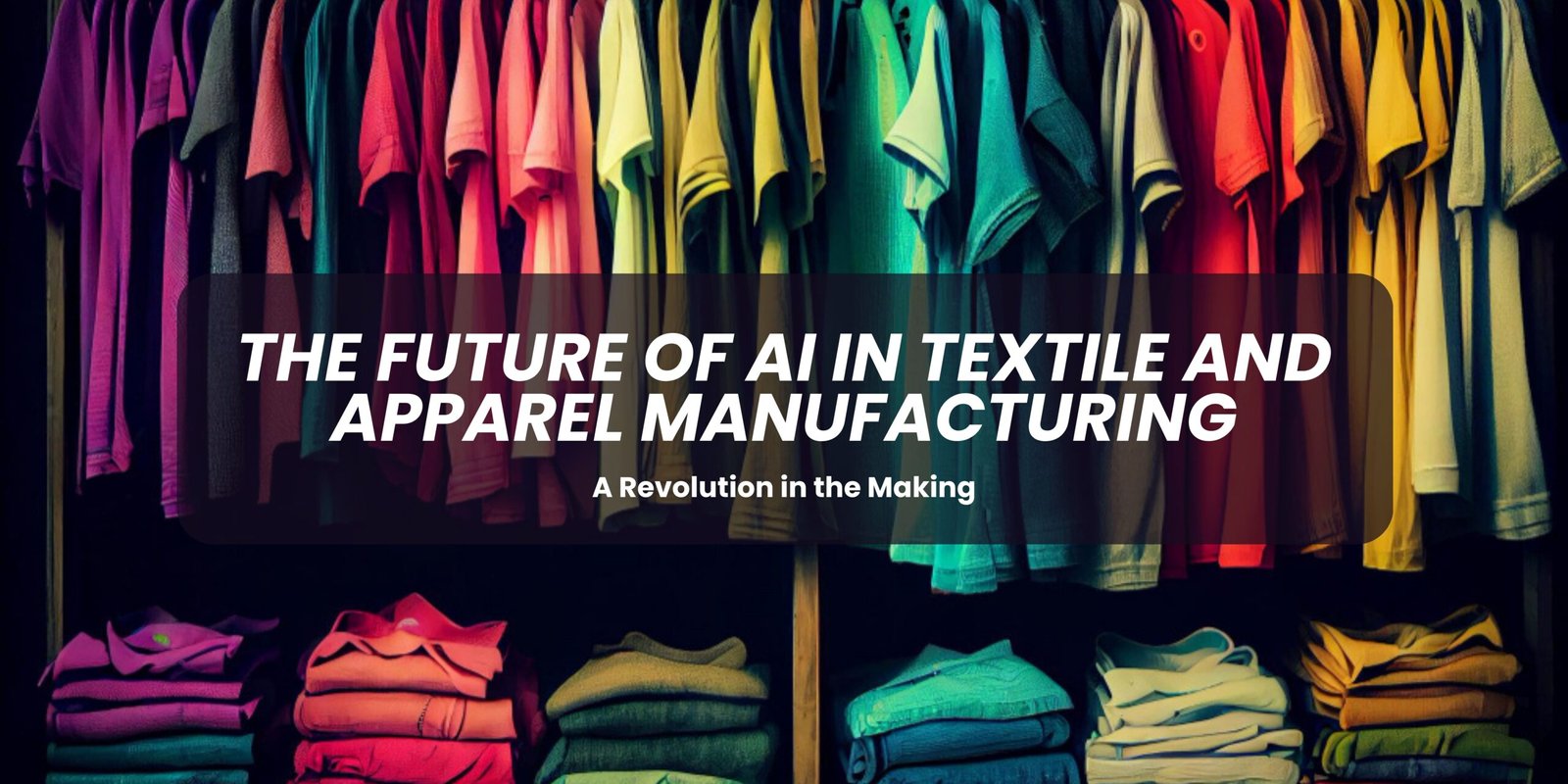
The Rise of Personalized Driving Experiences
Get ready for a driving experience that’s all about you. The future of AI in automotive is poised to deliver unprecedented personalization, turning your car into a seamlessly integrated extension of your preferences and lifestyle.
Imagine stepping into your vehicle and being greeted by a perfectly tailored environment. Your seat adjusts automatically, the cabin temperature aligns with your comfort level, and your favorite playlist begins without a single command. AI algorithms will learn your habits, from frequently traveled routes to your preferred infotainment settings, ensuring every journey feels effortless.
This isn’t just about convenience; it’s about enhancing your well-being behind the wheel. AI-powered systems could monitor your stress levels and adjust lighting, music, and even driving modes to promote relaxation during a hectic commute. On-board voice assistants will become conversational companions, learning your voice patterns and understanding natural language to fulfill your requests intuitively.
And personalization goes beyond the car itself. AI can help you find ideal parking spots based on your destination, suggest alternate routes tailored to your driving style, and even pre-order your favorite coffee to be ready when you arrive at your usual café.
The future of AI in automotive promises to erase the boundaries between car and driver. Prepare for a transportation experience that anticipates your needs, catering to your individuality at every turn.
The Connected Future: Cars That Talk to the World
The future of AI in automotive extends far beyond the vehicle itself. Cars are rapidly evolving into intelligent nodes within a vast, interconnected transportation network. Imagine a world where your car seamlessly communicates with other vehicles, traffic signals, and even entire city grids. This is the connected future – a world where cars talk to the world around them.
AI is the driving force behind this connected revolution. Vehicle-to-vehicle (V2V) communication uses AI algorithms to enable cars to share real-time information. This could include alerts on accidents, traffic congestion, or sudden road hazards. Vehicle-to-infrastructure (V2I) connects cars to smart traffic lights, parking systems, and toll booths, improving traffic flow and optimizing your route.
The advantages of this connected future are immense. By sharing data, cars and infrastructure can work together to reduce congestion and suggest alternate routes. AI traffic management systems can anticipate potential bottlenecks, helping to prevent accidents and keep traffic moving smoothly. The connected car becomes an extension of our digital lives, syncing with our smart devices to provide personalized alerts on parking availability or even reminding us about upcoming maintenance needs.
This connected transportation landscape is not without its challenges, such as ensuring cybersecurity and addressing potential privacy concerns. However, the potential benefits are undeniable. The future of AI in automotive is about optimizing our roads, creating a more efficient transportation system, and ultimately enhancing safety and convenience for drivers everywhere.
Challenges and Considerations
The future of AI in automotive is incredibly bright, but to ensure its successful integration, it’s essential to acknowledge the challenges and considerations that come along with this technological revolution:
- Safety and Reliability: AI algorithms driving autonomous vehicles must be rigorously tested and proven reliable before widespread deployment. Any failure could lead to accidents, jeopardizing public trust and slowing down progress.
- Ethics and Liability: The ethical dilemmas surrounding AI in self-driving cars are complex. In the event of an accident, who is responsible – the car manufacturer, the software developer, or even the ‘driver’? Establishing clear legal frameworks and liability models is crucial.
- Cybersecurity: As vehicles become more connected, cybersecurity threats rise. AI systems must be secured against hacking and potential malicious control, protecting both driver safety and the integrity of traffic systems.
- Data Privacy: AI in automotive will collect vast amounts of sensitive data, from driving habits to location tracking. Ensuring robust data privacy measures and transparent use of this information is paramount to maintaining consumer trust.
- Job Displacement: The rise of AI in automotive could lead to automation displacing jobs in fields like truck driving and manufacturing. Preparing for this shift, including re-skilling workers and establishing social safety nets, will be important considerations for a smooth transition.
While these challenges are significant, they are not insurmountable. Proactive regulations, ethical guidelines, robust cybersecurity measures, and a focus on public transparency will play a crucial role in enabling the future of AI in automotive to reach its full, safe, and beneficial potential.

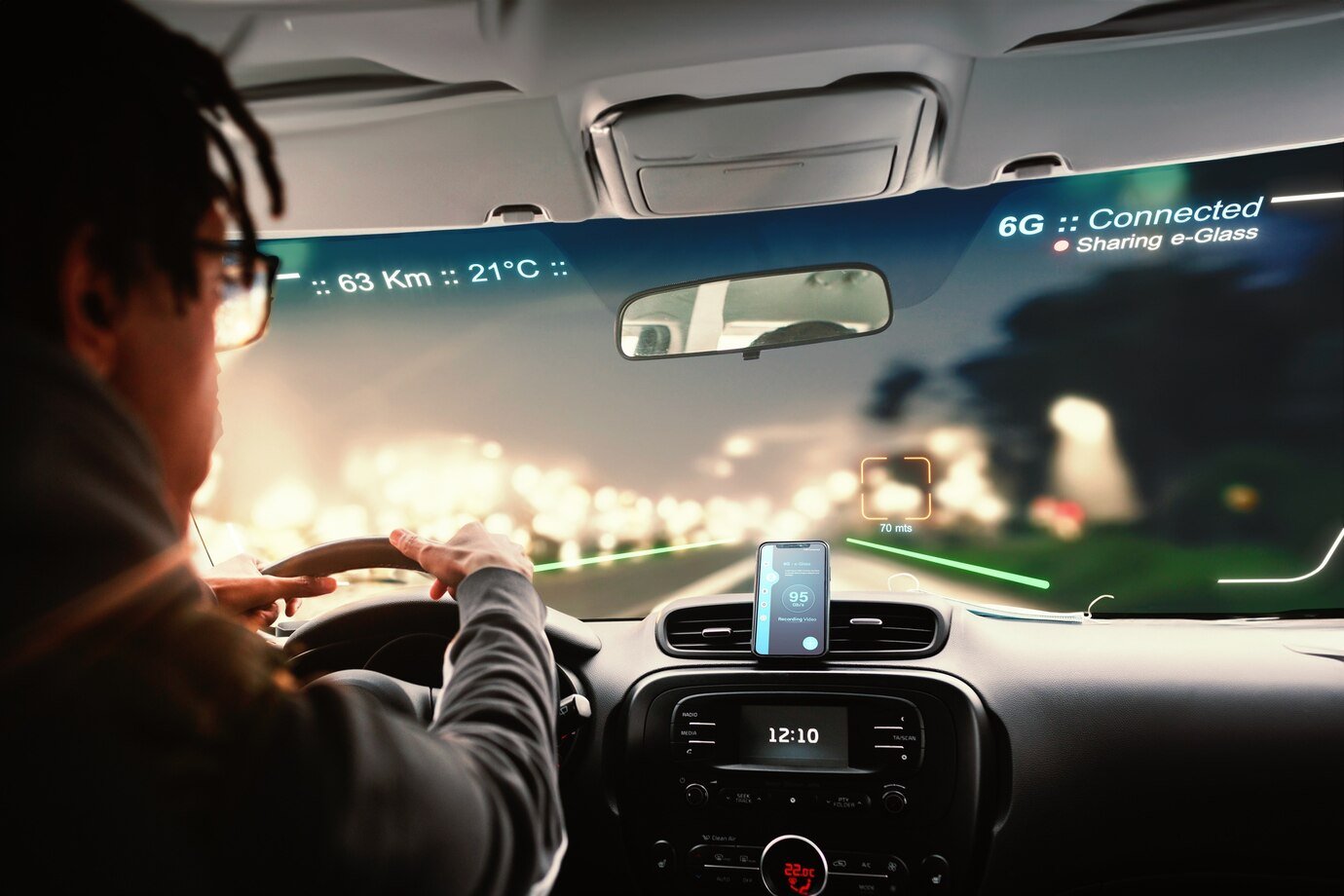
The Road Ahead
The future of AI in automotive is less a question of “if” and more a matter of “how far.” We’re already seeing the profound impact AI is having on vehicles –– and this is just the starting line.
From self-driving cars to predictive maintenance, the possibilities seem boundless. AI promises to make our roads safer by minimizing human error, reduce traffic congestion through smart communication systems, and usher in an age of hyper-personalized driving experiences. On the manufacturing side, AI-powered robots increase precision, while intricate data analysis will streamline supply chains and bolster overall efficiency.
Challenges certainly exist. Public trust in AI-driven vehicles must be earned, cybersecurity and data privacy are paramount concerns, and significant infrastructure investment will be necessary to support fully connected transportation networks.
Yet, the advantages outweigh the hurdles. The future of AI in automotive is bright. It’s a future where time spent in traffic might be repurposed for productivity or relaxation. A future where cars not only transport us but anticipate our needs and help prevent accidents. This AI-powered shift represents not just a change in technology, but a fundamental reimagining of the way we interact with our vehicles and the broader world of mobility. Buckle up, because the ride is going to be fascinating.
F&Qs
A: Artificial Intelligence (AI) involves computers simulating human-like intelligence. In cars, AI uses machine learning, computer vision, and other technologies to process data, make decisions, and even perform actions.
A: AI promises to make cars safer, more efficient, more convenient, and offer personalized experiences. Potential benefits include reduced accidents, streamlined production, and predictive maintenance.
A: Yes, some challenges include public acceptance of self-driving cars, ensuring foolproof safety, addressing data privacy concerns, and upgrading infrastructure to support connected vehicles.
A: Levels of automation exist. Many cars have advanced driver-assistance features, but fully autonomous vehicles (without a steering wheel) are still in development and testing stages.
A: AI will likely transform jobs rather than eliminate them entirely. New roles will emerge in areas like AI development, data analysis, and the maintenance of AI-powered systems.
A: AI-powered cars could potentially lead to fewer accidents, potentially impacting insurance premiums. Insurance models may shift towards data-based analysis of driving patterns.





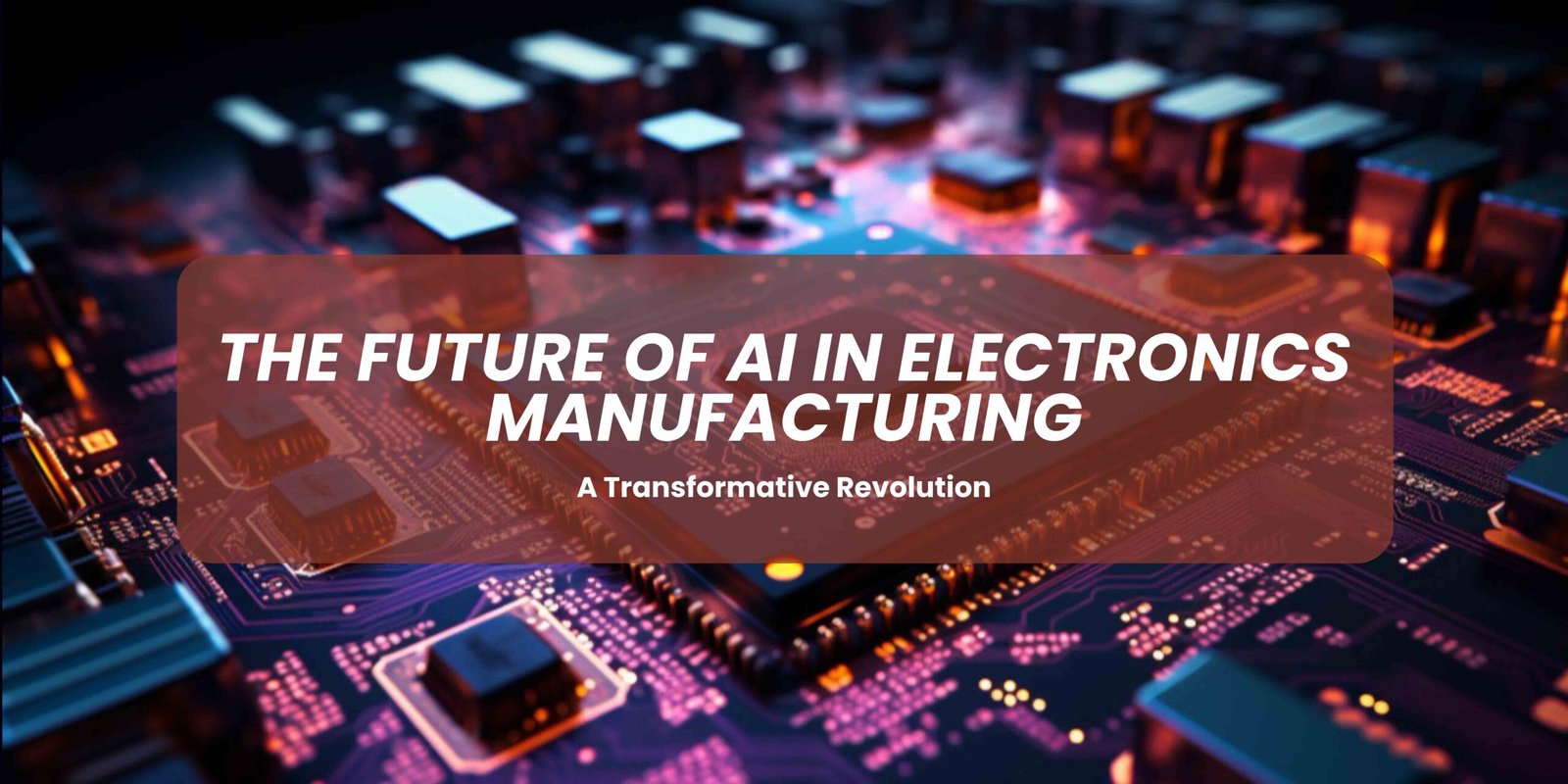



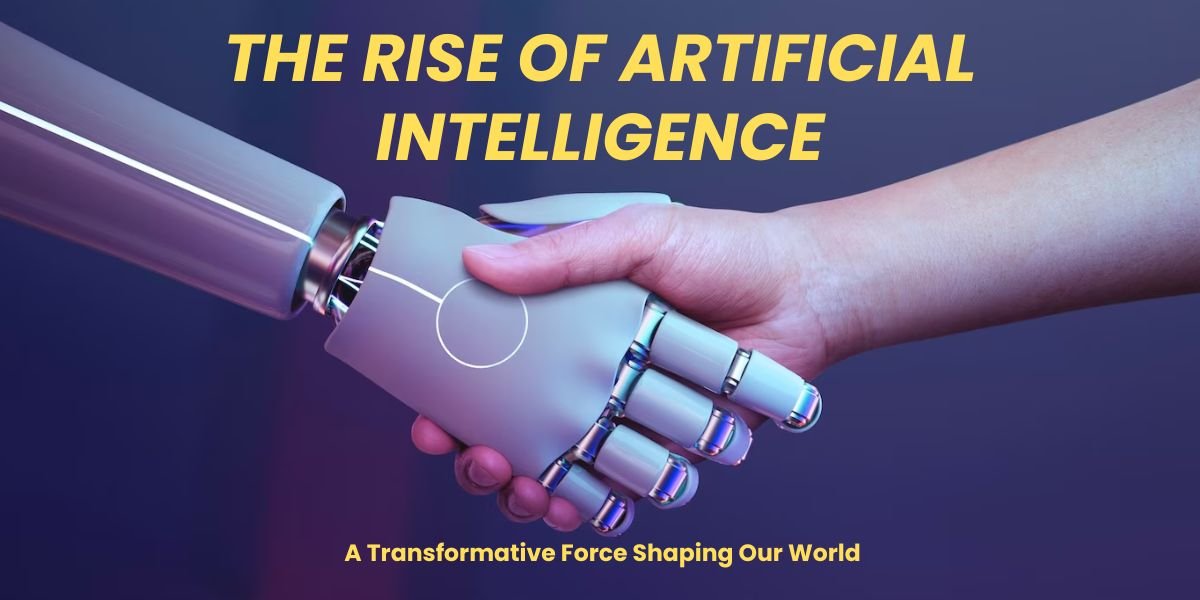

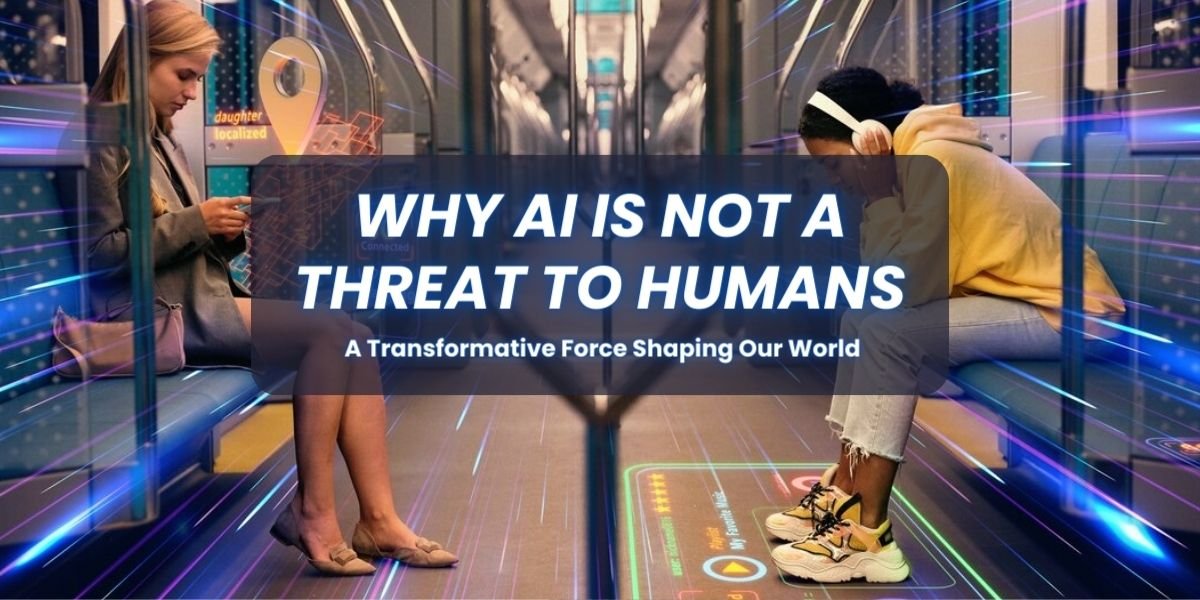
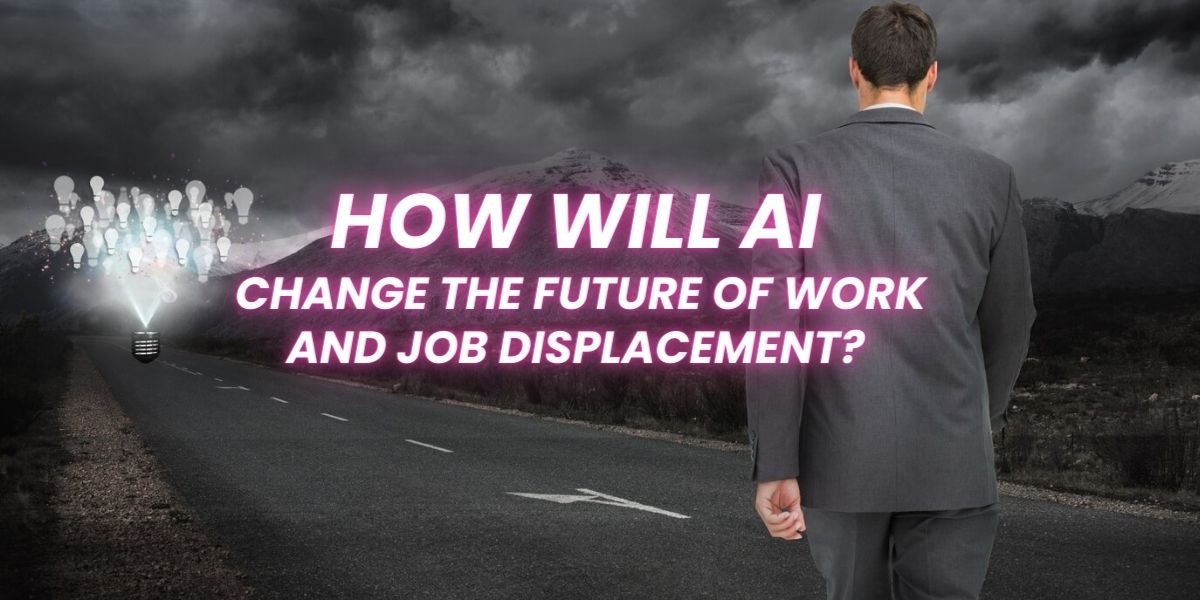
Pingback: The Future of AI in Entertainment and Media: Get Ready for the Revolution - Meepri
Pingback: The rise of artificial intelligence and its impact on society - Meepri
Pingback: The Hype vs. Reality: 10 Reasons Why AI Is Not a Threat to Humans. - Meepri